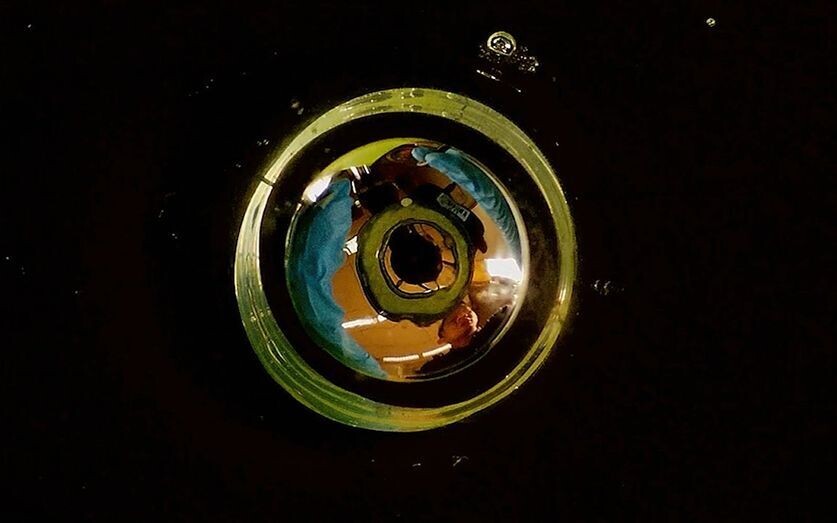Researchers Develop FlexRAM: The First Fully Flexible Resistive RAM Memory
Researchers from Tsinghua University in Beijing have made a significant breakthrough in the field of circuits and electronics with the development of FlexRAM. This innovative memory technology is the first fully flexible resistive RAM memory built using liquid metal.
The FlexRAM prototype utilizes droplets of gallium-based liquid metal suspended in a soft biopolymer material. By applying voltage pulses, the metal can be oxidized or reduced, mimicking the polarization of neurons. This allows for the reversible switching between high and low resistance states, which correspond to storing bit 1s and 0s for data storage.
One of the remarkable features of FlexRAM is its ability to retain data even when powered off. The inert liquid can preserve data for up to 43,200 seconds, or 12 hours. The current prototype consists of 8 independent 1-bit memory units, storing a total of 1 byte. It has demonstrated over 3,500 write cycles, although further improvements are needed to enhance its endurance for practical use. Commercial RAM, for comparison, is rated for millions of read/write cycles.
The potential of FlexRAM extends beyond its flexibility. The researchers envision various applications in soft robotics, medical implants, and flexible wearable devices. Its compatibility with stretchable substrates opens up new possibilities for emerging technologies. While still in the early stages of development, FlexRAM demonstrates that seemingly impossible computing and memory innovations can become a reality through scientific creativity.
FlexRAM is part of a wave of pioneering research in flexible electronics that surpasses the limitations of rigid silicon. However, there are still challenges to overcome before FlexRAM and liquid electronics can revolutionize computing. Nevertheless, by proving the feasibility of a fluid-state memory device, this technology paves the way for a radically different future in electronics and computation.

